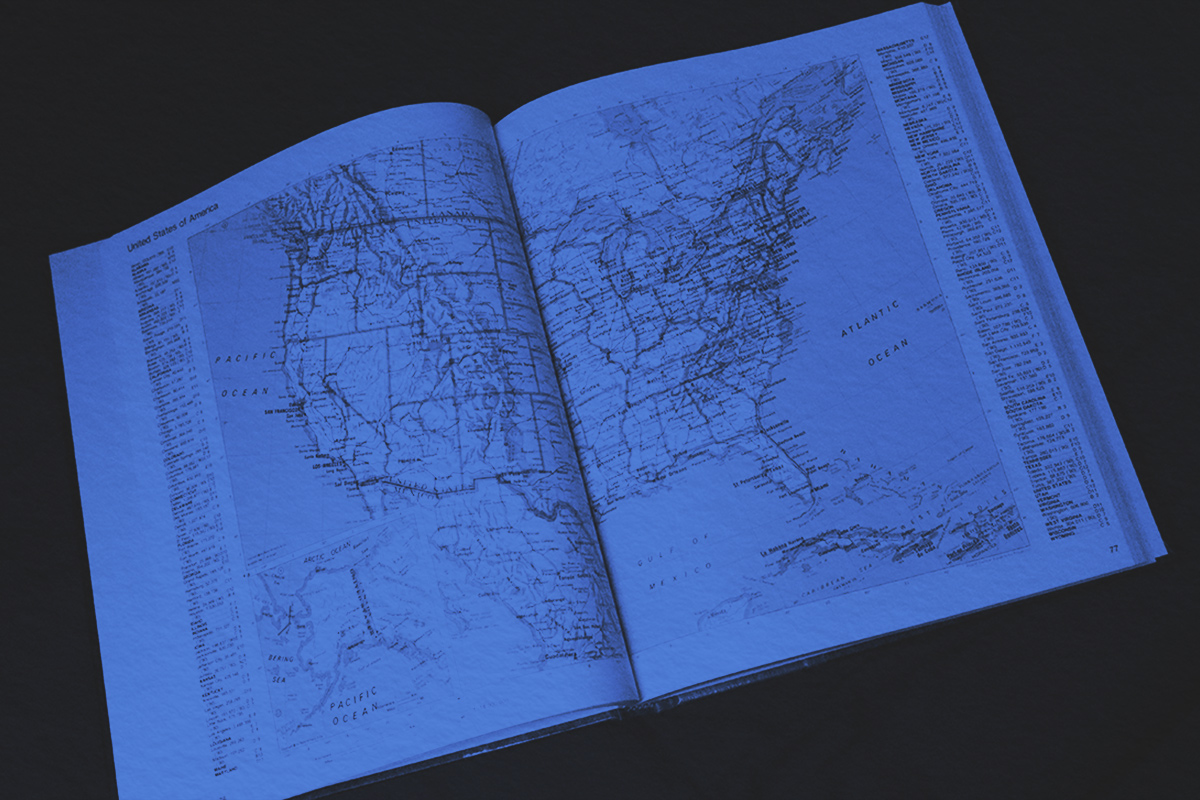
Rhode Island is only 37 miles wide and 48 miles long, but it has more than 400 miles of coastline (thanks to deep bays and, yes, a few islands), earning it the nickname of the “Ocean State.” But zoom in on a map and you’ll see clearly that the bulk of its 1,214 square miles are connected to the mainland of the United States, making it distinctly not an island. Geography definitions aside, there are some oft-repeated and reputable theories about the name of Rhode Island, dating back to the 16th and 17th centuries.
One theory relates to Italian explorer (backed by the French) Giovanni da Verrazanno, who came to the region in 1524. He discovered an island roughly 22 miles off the mainland, and said its rolling hills, plentiful trees, and size all reminded him of the Greek island of Rhodes.
Another hypothesis has to do with Dutch explorer Adriaen Block, who arrived in 1614. It’s believed that Block passed by an island known to the Indigenous Narragansett tribe as Aquidneck Island, and was struck by its reddish soil. In turn, Block decided to name it Roodt Island — Dutch for “red island.”
There’s no clear answer to why the state of Rhode Island is named such. But it’s likely that one or both of the aforementioned theories inspired Rhode Island founder Roger Williams when he settled the region in 1636.
What we can say for sure is that Aquidneck Island, specifically, came to be called Rhode Island on March 13, 1644. A decree stated, “Aquethneck shall be henceforth called the Ile of Rods or Rhod-Island.” When a royal charter was granted in 1663, it mentioned the “Colony of Rhode Island and Providence Plantations” (referring to both the island and plantations on the mainland). In 2020, however, voters opted to get rid of the “Providence Plantations” part of the name because of its connection to slavery. Today, the state’s official name is simply the State of Rhode Island.

















